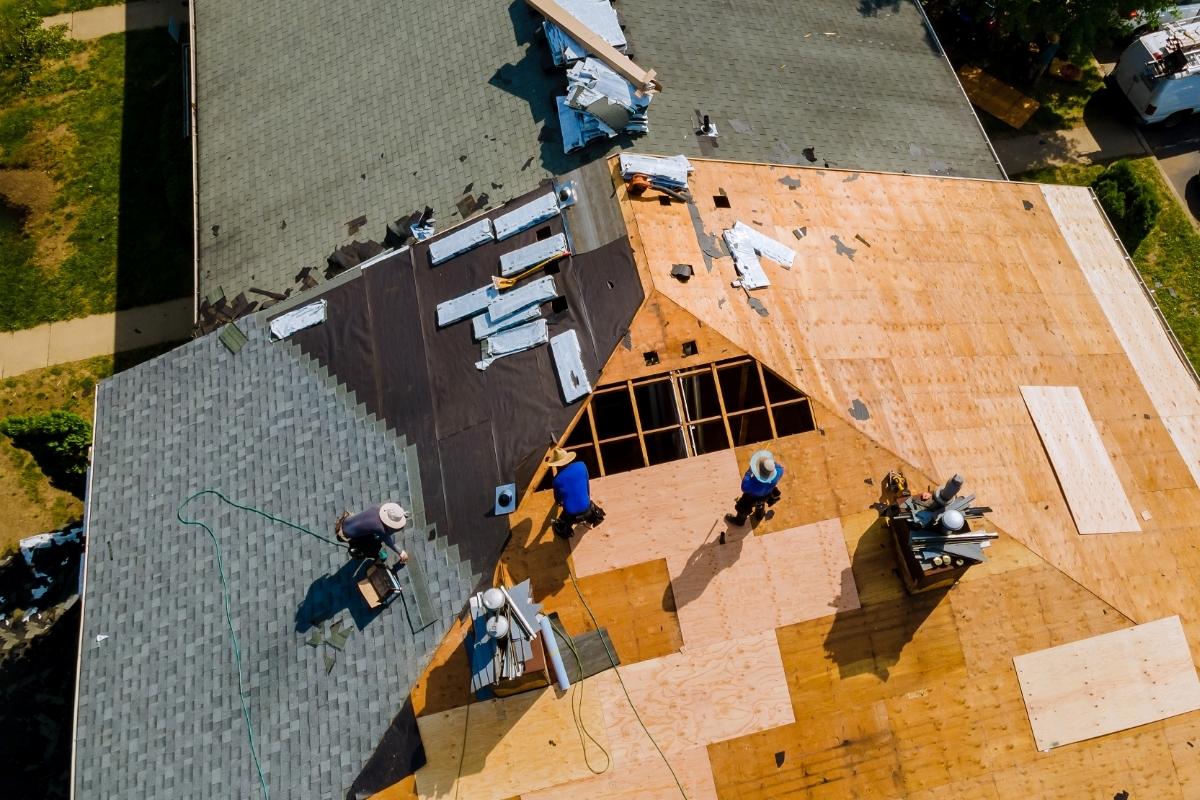When it comes to renovating the exterior of your home, few decisions are as crucial as selecting the right amount of siding. The wrong estimate can leave you either short on materials or with excess siding that will simply gather dust in the garage. Fortunately, you don’t need to be a construction expert to figure out how much siding you need. This 2024 guide will break down the process, ensuring you purchase just the right amount for your home improvement project.
Why Estimating Siding Is Important
Properly estimating how much siding is required for your home is essential for several reasons. First, it helps you stick to your budget by preventing over-purchasing. Siding isn’t cheap, and buying too much can significantly inflate your renovation costs. On the other hand, underestimating the amount needed can delay your project as you wait for additional materials to arrive. Additionally, having the correct amount from the start ensures consistency in the appearance of your home, as different production batches may have slight color variations.
The Basics of Siding Calculation
Measuring the Exterior Walls
The first step in determining how much siding you need is to measure the exterior walls of your home. This process involves calculating the total square footage of all the walls you plan to cover. Begin by measuring the height and width of each wall, then multiply these numbers to get the square footage.
For example, if one wall is 10 feet high and 20 feet wide, you would multiply 10 by 20 to get 200 square feet. Repeat this process for each wall you plan to side. If your home has gables, dormers, or other architectural features, don’t forget to include these in your calculations. For gables, measure from the base to the peak and the width at the base, then divide by two to get the square footage.
Subtracting Windows and Doors
Once you have the total square footage, you’ll need to subtract the area taken up by windows and doors. These are spaces where siding isn’t needed, so subtracting them gives you a more accurate estimate. Measure the height and width of each window and door, multiply for the area, and subtract from your total.
Adding a Waste Factor
Even with precise measurements, it’s a good idea to include a waste factor in your calculations. This accounts for any mistakes, off-cuts, and material needed to cover odd angles or small spaces. The standard waste factor for siding projects is usually between 10% and 15%. Multiply your total square footage (after subtracting windows and doors) by 1.10 or 1.15 to account for waste.
Types of Siding and Their Coverage
Vinyl Siding
Vinyl siding is one of the most popular choices for homeowners due to its durability and low maintenance. It typically comes in panels that cover about 100 square feet per box. Knowing this, you can divide your adjusted square footage by 100 to determine how many boxes you need. Remember to round up, as it’s always better to have a little extra.
Fiber Cement Siding
Fiber cement siding is another durable option that gives a more traditional wood appearance. It usually comes in 12-foot planks that cover about 25 square feet each. Similar to vinyl, divide your adjusted square footage by 25 to figure out how many planks are needed.
Wood Siding
Wood siding offers a classic look but requires more maintenance. It typically comes in individual boards or panels, and coverage will vary based on the size of the boards you choose. Consult with your supplier to determine the exact coverage per board or panel, then use your total square footage to calculate how many you need.
Finalizing Your Siding Order
Once you’ve figured out how much siding you need, the final step is to place your order. Ensure you’ve accounted for all the factors mentioned above, and double-check your measurements. If you’re unsure, consult with a contractor or siding specialist who can review your calculations. Many suppliers will allow returns on unused siding, but it’s always best to check their return policy before ordering extra.
Conclusion

Estimating how much siding you need doesn’t have to be overwhelming. By following these steps, you can ensure that you purchase the right amount of material, saving you time, money, and stress in the long run. Whether you’re tackling the project yourself or hiring professionals, accurate calculations are the foundation of a successful siding job. If you’re still unsure or need professional assistance, don’t hesitate to contact DryTech Exteriors today for expert advice and support.




